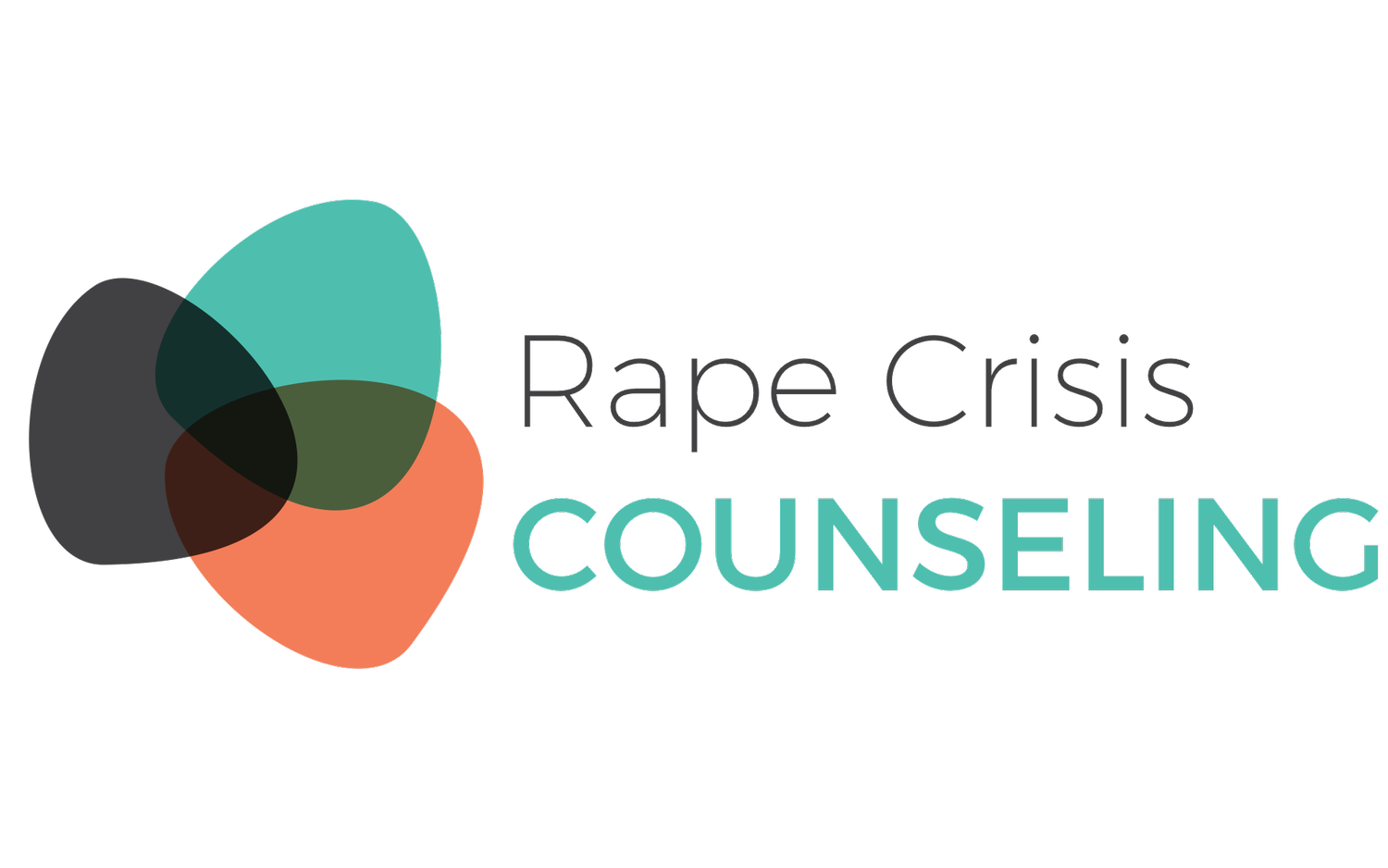4.3.4.4 Taking Swabs
This process can feel very invasive, so it’s important to explain to the survivor what will happen and to receive consent before the healthcare provider proceeds.
If the right equipment is available, the provider will examine the survivor’s body with a special light that shows any dried fluids.
If this light is not available, the provider can use cotton-tipped swabs to swab any areas where the survivor reported that the perpetrator was in contact with them. These areas will be swabbed and labeled slides made and packaged (see the section, ‘Fixing the Slides’, below).
Then the healthcare provider will take several buccal swabs, that is, swabs (with a cotton-tipped swab) from inside the survivor’s mouth to collect their DNA.
This involves the survivor taking a plastic stick and rubbing it up and down the inside of their cheek about ten times. This creates a DNA sample that can then be compared to other samples.
Next, the survivor’s fingernails will be swabbed in the same way.
They will also be clipped because debris, fiber or skin underneath the fingernails might be important. The survivor may prefer to clip their fingernails themselves so that they can determine the length to which they are cut.
